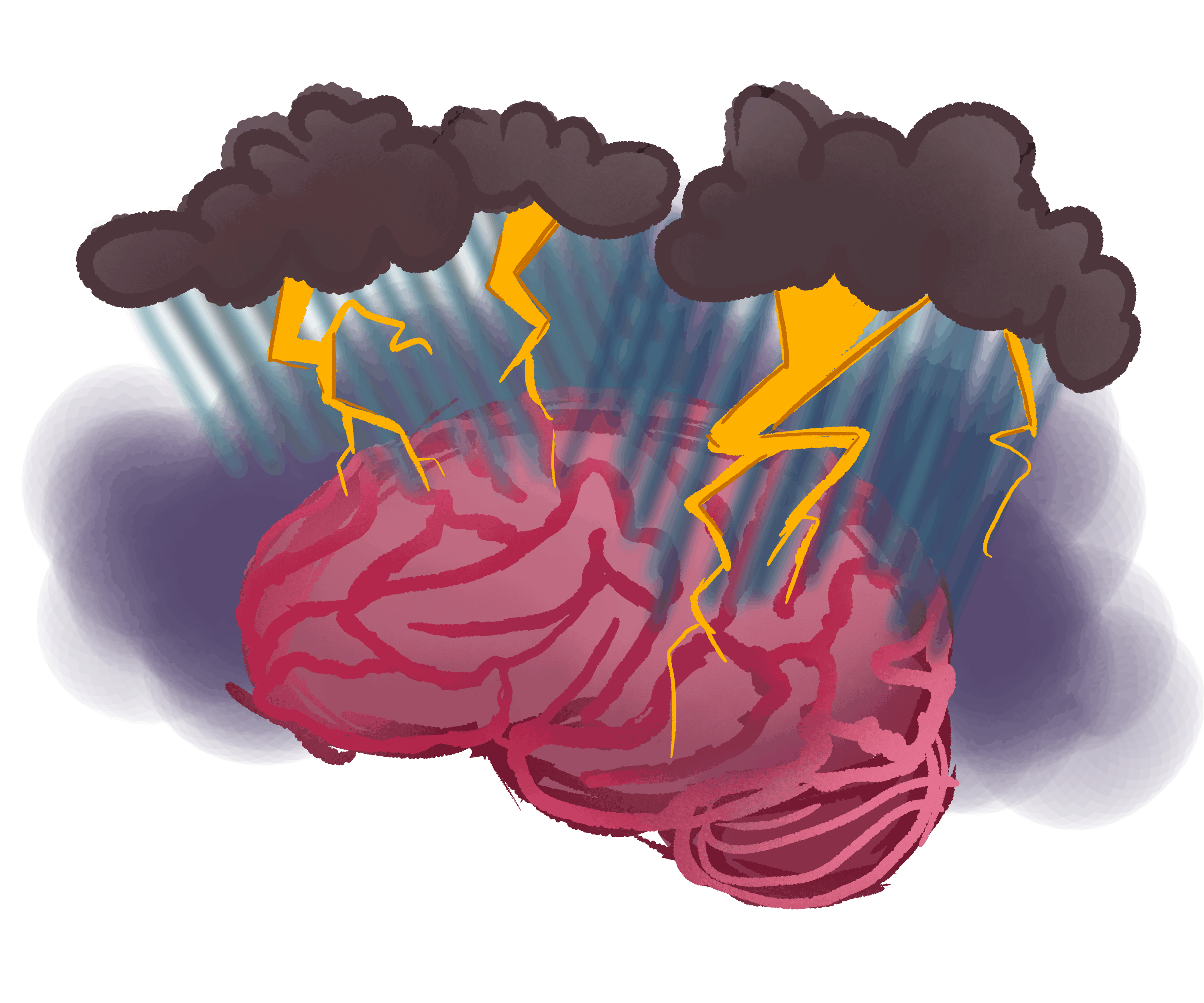Neuroscientists at the Centre for Addiction and Mental Health (CAMH) have found that patients with depression may have elevated levels of a particular protein in the brain, opening a pathway for developing a new type of antidepressant medication.
The research team, led by Dr. Jeffrey Meyer, the Head Scientist of the Neurochemical Imaging Program in Mood and Anxiety Disorders at CAMH, found that the MAO-B protein — short for monoamine oxidase B — was found in heightened levels in the prefrontal cortex area of the brains of depressed patients.
How Meyer’s research team first discovered the protein
The breakthrough of Meyer’s research team that led to this study was the discovery of elevated levels of the MAO-A protein in women who had recently delivered a baby.
Originally, researchers considered both MAO-A and MAO-B as the same protein, MAO, as they both break down the molecule tyrosine. However, medications developed to treat early postpartum depression – a mood disorder associated with childbirth – revealed that despite a 70 per cent overlap in the structures of the two proteins, the medications only affected the MAO-A enzyme.
Neuroscientists have therefore since considered MAO-A and MAO-B to be different types of chemicals.
The link between MAO-B levels and clinical depression
The recent study by Meyer’s research team evaluated images taken from the brains of 40 patients over a period of four years. Half of the volunteers had experienced episodes of major depression, while the remaining 20 were considered healthy controls.
Through positive emission tomography, a type of brain imaging, the researchers discovered that 50 per cent of the patients with depression had elevated levels of MAO-B compared to the healthy individuals.
The patients with depression were found to have, on average, a 26 per cent increase in the volume of MAO-B in the prefrontal cortex region compared to those without the condition. This region is primarily responsible for complex cognitive behaviour, personality regulation, decision-making, and moderating social behaviour and emotions.
The researchers also found a positive correlation between MAO-B levels and the duration of depressive episodes. That is, the longer the depressive episode, the higher the detected level of MAO-B in the prefrontal cortex and other brain regions.
While MAO-A breaks down serotonin, MAO-B promotes cell turnover by breaking down old and excess neurotransmitters, such as dopamine and norepinephrine, chemicals that are responsible for pleasure and reward.
Although this process is essential in maintaining a healthy brain, increased levels of MAO-B can lead to removing too much of the feel-good chemicals, which may lead to depression.
The limitations of current antidepressant medications
Although there are already antidepressants in the pharmaceutical market, they mainly only target serotonin. Meyer pointed out, in an email to The Varsity, that the current medications and treatment options are not effective for everyone with depression.
“While some people respond well to SSRI [selective serotonin reuptake inhibitors] medications half do not. A key problem is that there are subtypes of depression and we need to match treatments to the subtypes of depression better,” wrote Meyer.
There are already drugs on the market that inhibit MAO-B used for Alzheimer’s and Parkinson’s disease. The research team is looking for ways to direct them towards treating depression.
“There are medications purposed for other illness that shut down MAO-B and could be repurposed for depression,” wrote Meyer.
“With this study now in hand, published in what is traditionally the top psychiatric research journal, I am asking the companies that own the patent rights to these medications to use them for depression.”
How the discovery of MAO-B can lead to new antidepressant research
After the discovery of MAO-A, Meyer’s lab has made progress in developing a dietary supplement that would compensate for the sudden rise of MAO-A in early postpartum depression.
They are currently seeking to create a blood test that could detect monoamine type illnesses. This would help identify individuals who would respond better to MAO-targeted drugs as opposed to the usual antidepressant treatments.
“The main steps are to test medications in development and those available for use, (even if indicated for other illnesses) for their ability to shut down MAO-B. Then I would like to see if matching a medication that shuts down MAO-B to the subtype of depression with greater MAO-B would help increase the chance of cure,” wrote Meyer.
“We are also looking for low cost approaches to predict the subtype of clinical depression with the highest MAO-B level.”
Approximately 15 per cent of people are affected by depression at some point in their life and it is the main cause of disability around the world.
Meyer wrote, “There is great reason for hope because we are increasingly understanding how the brain changes in clinical depression which is creating new opportunities for cures.”


